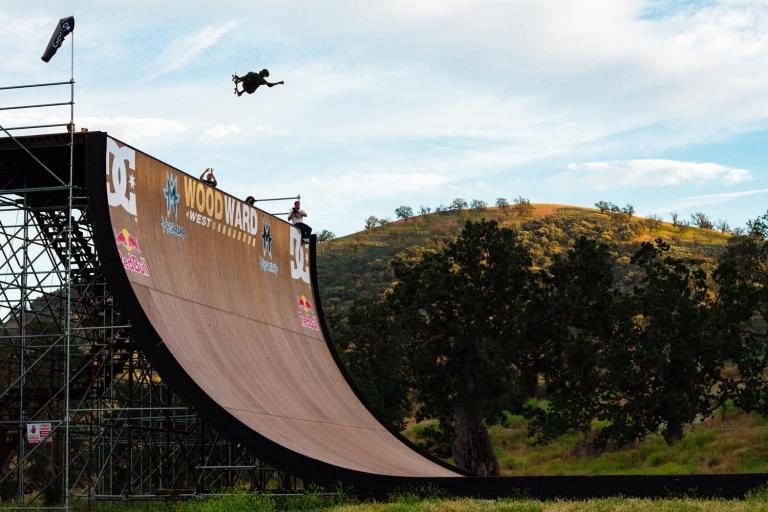Nowadays, skateboarding doesn’t limit itself to one style of board shape. There’s all kinds of different decks for you to choose from. Street board, bowl board, cruisers and all kinds of shaped boards are at your disposal, but which one is the best for you? That’s what we’re going to figure out.
You can choose your skate shape for its look, but the results just won’t be optimal. Follow these steps and you’ll find your ultimate board shape and size in no time.

KNOW YOUR SKATE STYLE
STREET SKATEBOARD DECK:
A standard deck shape for street and park skating is what we call the Twin-Tip. This means that the nose and tail are virtually the same shape so that you can easily ride switch. When it comes to the form of skateboard decks, this so-called “Popsicle Shape” has been the standard for years.
POOL / BOWL DECK:
Skateboard decks for transition skating are almost always a bit wider. Here you’ll normally find decks with a width upwards of 8.25”. In addition to the normal but broader street skateboard shapes, there are also decks reminiscent of old school skateboards. These are now commonly referred to as “shaped decks.”
SHAPED DECKS:
Shaped decks have established themselves in recent years as a hybrid form of new school street decks and old school pool decks. These decks were originally developed for transition skaters who also wanted to enjoy the occasional street session. Thanks to their pronounced concaves, as well as curved noses and tails, you not only have the perfect transition board, but also the possibility to skate the streets and still do tricks. If you’re just starting to skate and want to learn tricks though, we would recommend a classic popsicle deck.

YOUR BODY TYPE
Initially, the size of your body can be a good guideline to choosing the right length of your deck. The smaller you are, the shorter your skateboard should be. Especially at the beginning, a slightly smaller board can be easier to control and you can get a better feel for the reactions and movements of your deck.
For taller riders, longer decks are more suitable because it is easier to keep your balance. As always, this is only a recommendation. You’ll find the specifications that work best for you pretty easily just by giving different boards a try. Take the time to go at the shop and feel different boards before you get yours.
Another means of finding the correct deck width is by using your shoe size. To put it simply, the bigger your shoes, the wider the board should be. Your feet should not be hanging too much on both sides of your board.

YOUR WIEGHT
Another factor when choosing your deck is your weight. When it comes to skating, there’s no such thing as a maximum weight. Skateboarding is possible for anyone. However, you should be aware of one thing: the heavier you are, the higher the chances are of your deck breaking if you don’t land your tricks with your feet directly over the trucks.
For bigger skaters, we recommend bigger boards and deck structures with an 8-ply construction or special impact technologies that make the deck more resilient. On the opposite, your board should be a little smaller if you're a lightweight kind of skater.

How skateboard shapes can influence your riding performance
One of the fundamental factors is that wider boards offer a smoother ride at high speeds. However, they are also heavier, which makes them a bit harder to flip so you’ll need more power in your legs. On the other hand, the wide surface provides plenty of space for catching the board, which can be an advantage when landing tricks. So if you’re into gaps, transitions or just going full speed, a wider board might be right for you.
Contrary to wide boards, narrow boards are lighter and easier to flip. Especially for beginners, this can be an advantage because you’ll need less power to learn your first tricks. However, narrow decks can be hard to control at high speed and have less space to catch and land on. Therefore, narrow decks are ideal for technical skateboarding like doing combos on curbs or on flat ground.

Next, to the width, you’ll also need to check the deck lenght. In order to hold the balance on your skateboard, we suggest that you use your height as a point of reference. the taller you are the longer you'll need. Regardless of special shapes, wider decks are also typically longer. They perform a bit differently as compared to shorter decks. While short decks are easier to spin or rotate horizontally, longer boards provide a bit more surface to catch and make landing easier.
That's it! Now hit one of our stores, choose your next freshie wisely and go skate!





